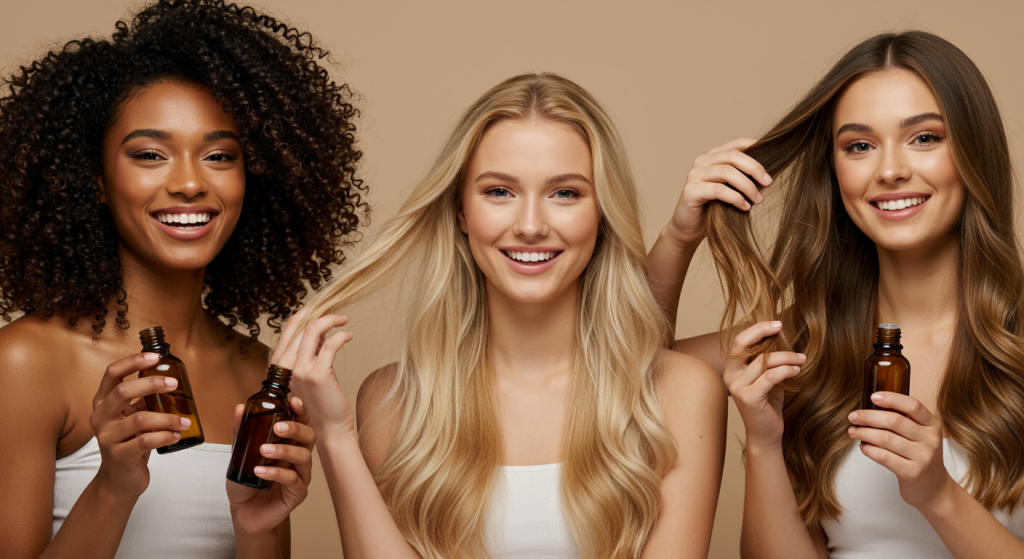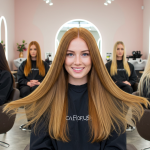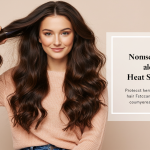In a world overflowing with hair care products, sometimes the most effective solutions are the most natural ones. Natural oils have been used for centuries to nourish, protect, and beautify hair—long before serums, conditioners, or heat protectants hit the shelves. But with so many oils on the market claiming miracle results, it can be hard to know what actually works.
Let’s dive into the science and benefits behind the most popular natural oils for hair and help you figure out which ones are right for your hair type and needs.
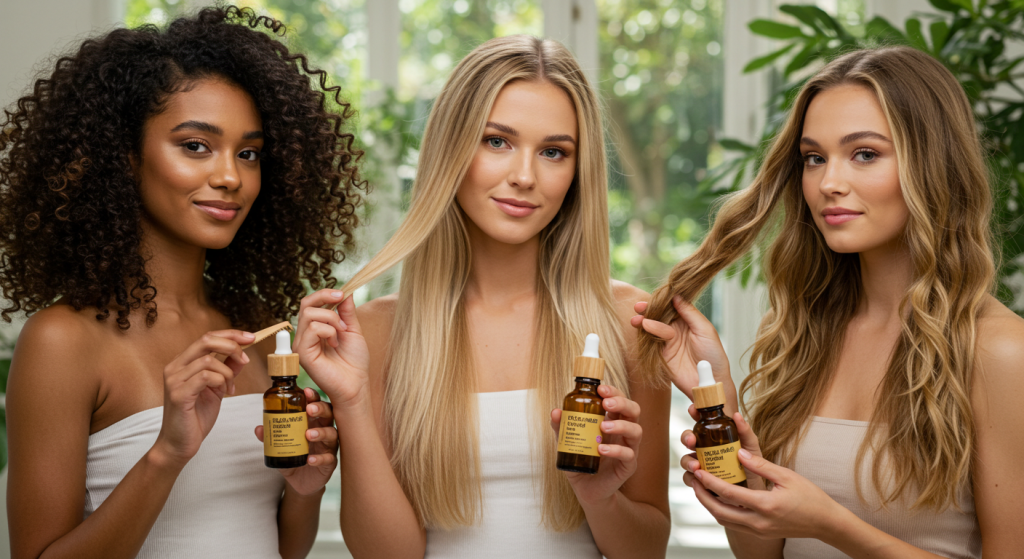
Why Use Natural Oils on Your Hair?
Natural oils offer a range of benefits without synthetic additives or harsh chemicals. Here’s what they can do:
- Seal moisture into the hair shaft
- Reduce frizz and enhance shine
- Nourish the scalp and promote growth
- Protect against heat and environmental damage
- Strengthen hair and reduce breakage
Different oils serve different purposes, so understanding the properties of each one is key to finding your perfect match.
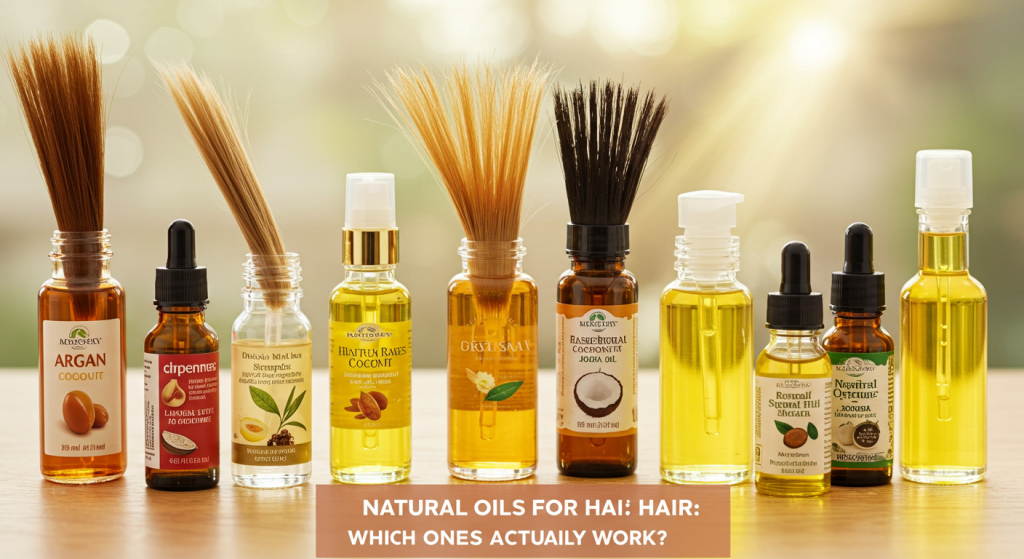
1. Coconut Oil: The Deep Penetrator
Best for: Dry, damaged, or curly hair
Avoid if: You have fine or low-porosity hair (can cause buildup)
Coconut oil is rich in lauric acid, a fatty acid that allows it to penetrate the hair shaft deeply rather than just coating the outside. It reduces protein loss, making it ideal for strengthening and preventing breakage.
How to Use:
- Apply as a pre-shampoo treatment (especially for dry hair)
- Use a small amount as a leave-in on damp hair ends
🥥 Bonus: It has antimicrobial properties that support a healthy scalp too.
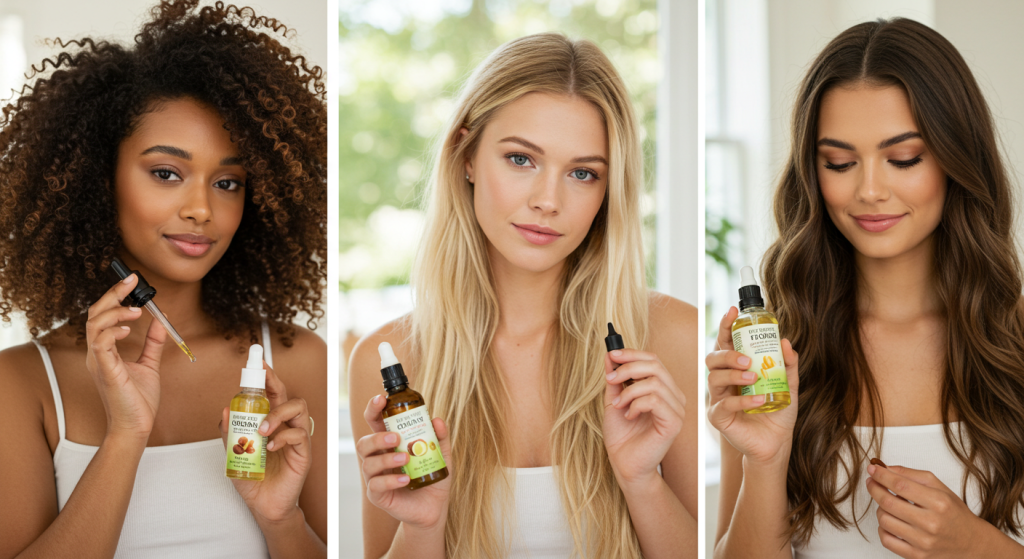
2. Argan Oil: The Shine Enhancer
Best for: Frizzy, dull, or color-treated hair
Avoid if: You’re sensitive to heavier oils (can weigh fine hair down)
Nicknamed “liquid gold,” argan oil is packed with antioxidants, vitamin E, and essential fatty acids. It’s known for its ability to smooth the hair cuticle, reduce frizz, and add instant shine without feeling greasy.
How to Use:
- Apply a few drops to dry hair for a smooth finish
- Use before blow-drying as a heat protectant
✨ Pro Tip: Perfect for taming flyaways and refreshing second-day hair.
3. Jojoba Oil: The Scalp Soother
Best for: Dry scalp, dandruff, or oily-prone hair
Avoid if: You want deep moisture for very dry ends (it’s more balancing than hydrating)
Jojoba oil closely mimics the natural sebum your scalp produces, making it an excellent scalp treatment. It balances oil production, helps with dryness or flaking, and promotes a healthy environment for hair growth.
How to Use:
- Massage into the scalp and leave on overnight before washing
- Add a few drops to shampoo or conditioner
🌿 Good to Know: Non-comedogenic, so it won’t clog pores or cause buildup.
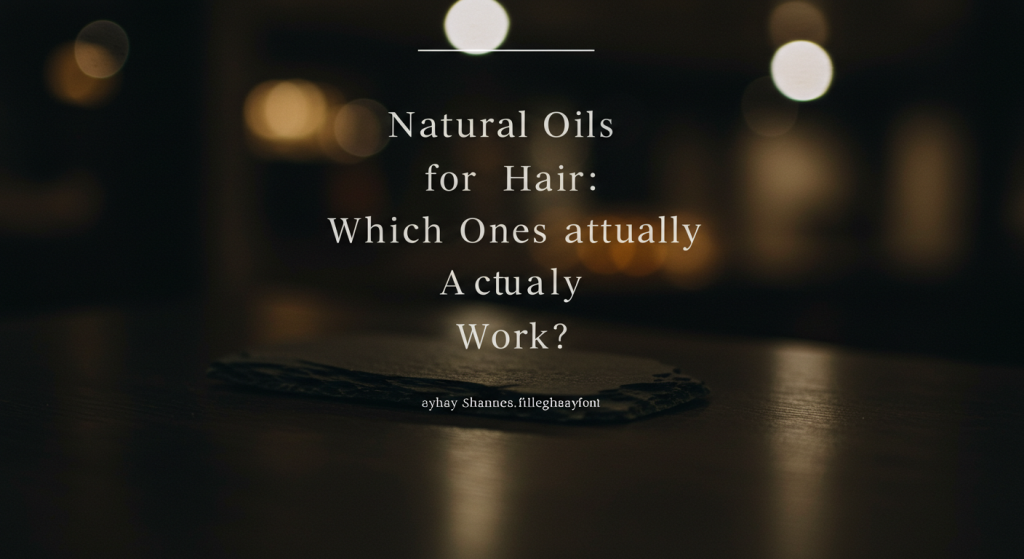
4. Castor Oil: The Growth Booster
Best for: Thinning hair, breakage, or damaged edges
Avoid if: You don’t like thick, sticky textures
Rich in ricinoleic acid, castor oil increases circulation to the scalp and has antibacterial and antifungal properties. It’s most commonly used for encouraging hair growth and strengthening weak strands.
How to Use:
- Massage into the scalp 1–2 times per week (mix with lighter oil like jojoba for easier application)
- Apply to lashes and brows to encourage growth
💪 Tip: Consistency is key—results often take a few weeks.
5. Olive Oil: The Classic Moisturizer
Best for: Extremely dry or porous hair
Avoid if: You have fine or limp hair—it can be heavy
A kitchen staple and beauty favorite, olive oil is rich in antioxidants and monounsaturated fats. It works wonders as a deep conditioning treatment, softening hair and improving elasticity.
How to Use:
- Apply warm olive oil to hair and wrap in a towel for 30–60 minutes before washing
- Mix with honey or conditioner for a DIY hair mask
🫒 Note: Extra virgin olive oil offers the most nutrients.
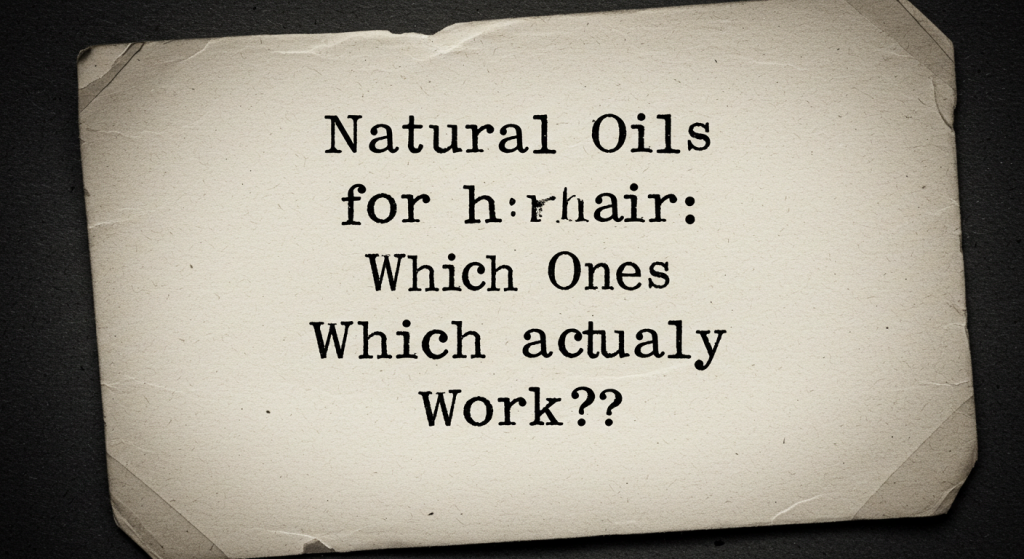
6. Avocado Oil: The Repair Expert
Best for: Heat-damaged or chemically treated hair
Avoid if: You want a very lightweight oil—it’s moderately heavy
Avocado oil is loaded with vitamins A, D, and E, as well as proteins and amino acids. It’s particularly effective for rebuilding and restoring damaged hair due to its nutrient density.
How to Use:
- Use as a hot oil treatment
- Blend with essential oils for a scalp massage
🥑 Bonus: It’s also UV-protective, making it a great option for summer hair care.
7. Grapeseed Oil: The Lightweight Hero
Best for: Fine, oily, or low-porosity hair
Avoid if: You want heavier moisture or frizz control
Lightweight and non-greasy, grapeseed oil is a favorite for adding shine and softness without weighing hair down. It’s high in linoleic acid and offers mild UV protection as well.
How to Use:
- Apply as a finishing serum to dry hair
- Use before heat styling for lightweight protection
🍇 Perfect for: Those who want shine without the slick.
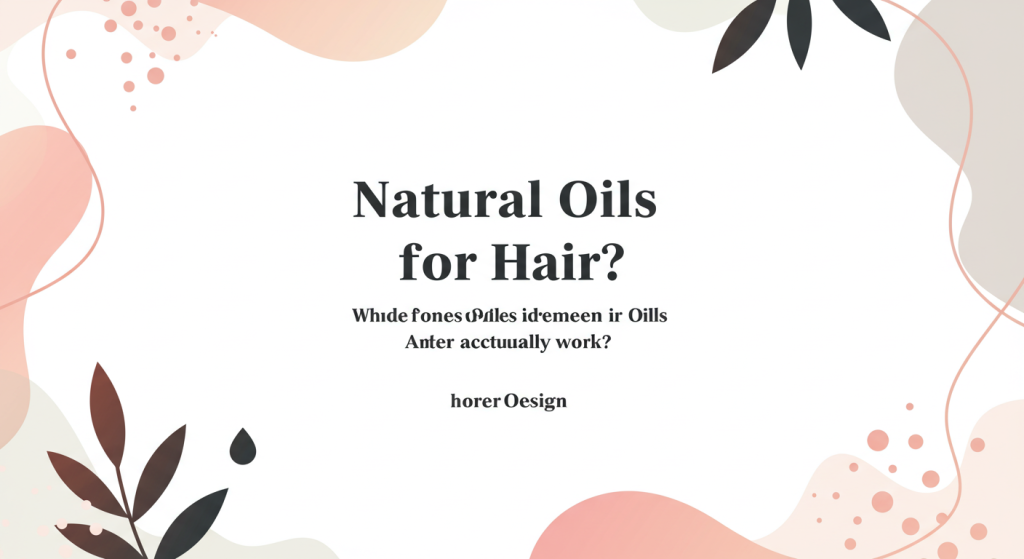
8. Sweet Almond Oil: The Detangling Dream
Best for: Frizzy, curly, or tangled hair
Avoid if: You have a nut allergy
Sweet almond oil is lightweight, full of vitamin E, and ideal for softening and smoothing strands, making it easier to detangle. It also helps reduce scalp inflammation and supports healthy growth.
How to Use:
- Apply to damp hair before styling
- Use on ends to prevent split ends and breakage
✨ Smooth Move: Great for defining curls or taming baby hairs.
How to Choose the Right Oil for Your Hair Type
| Hair Type | Best Oils |
|---|---|
| Fine or Oily | Grapeseed, Jojoba |
| Dry or Damaged | Coconut, Avocado, Olive |
| Curly or Coily | Castor, Argan, Almond |
| Color-Treated | Argan, Olive |
| Itchy or Flaky Scalp | Jojoba, Castor, Tea Tree (in carrier) |
How to Use Oils in Your Routine
✅ Pre-Shampoo Treatment: Apply oil to dry hair before washing to protect it from moisture loss
✅ Leave-In Conditioner: Add a few drops to damp hair before styling
✅ Hot Oil Treatment: Warm the oil and apply it to the scalp and hair for deep hydration
✅ Scalp Massage: Stimulates circulation and promotes growth
✅ Split End Sealer: Apply a tiny amount to dry ends to reduce frizz and breakage
🚫 Avoid: Using too much oil—it can weigh down hair or cause buildup over time. A little goes a long way!
Final Thoughts: Keep It Natural, Keep It Nourished
Natural oils are one of the most versatile, affordable, and effective ways to improve your hair’s health. Whether you’re battling dryness, breakage, or simply want that salon-level shine, there’s a natural oil out there that can meet your needs.
Remember: no two heads of hair are the same. It may take some experimentation to find the oil (or blend!) that works best for you. Start slow, keep it simple, and listen to how your hair responds.
